Community-supported conservation goals for Scalloped Hammerhead
Kelly and David are hoping to identify areas that baby hammerhead sharks prefer and possibly use as nurseries so that they can help develop management plans to protect these havens. Young scalloped hammerhead sharks are caught in alarming numbers at certain times of the year off the Caribbean island of Trinidad, where murky waters mean lots of nutrients and abundant marine life. The team will spend their time catching sharks to age, sex, measure, and tag them before taking a genetic sample and releasing them. They will track movement patterns, site fidelity, growth rates, home ranges, and mortality rates of the species.
As an assistant professor at the University of Trinidad and Tobago, I have been doing research in the Caribbean on threatened and introduced marine fish, coastal habitats (including seagrasses, coral reefs and mangroves) and their associated fauna, and reef fish health for the past seven years. Prior to this I worked on similar projects in the Gulf of Mexico and the north-western Atlantic for Florida State University and several state agencies in Florida. Combined, I have almost 20 years of experience working on fish in the central western Atlantic region. My interest in sharks began during a course at...
I am an Associate Professor in the Department of Life Sciences and the Ruth A. Campbell Professor of Marine Biology at Texas A&M University – Corpus Christi. I also run the Marine Genomics Laboratory.

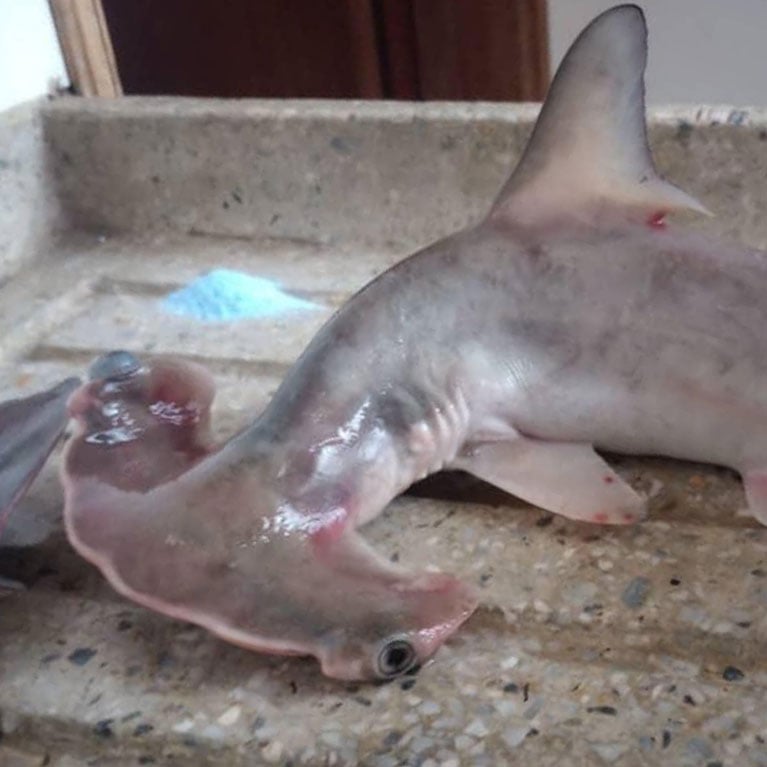
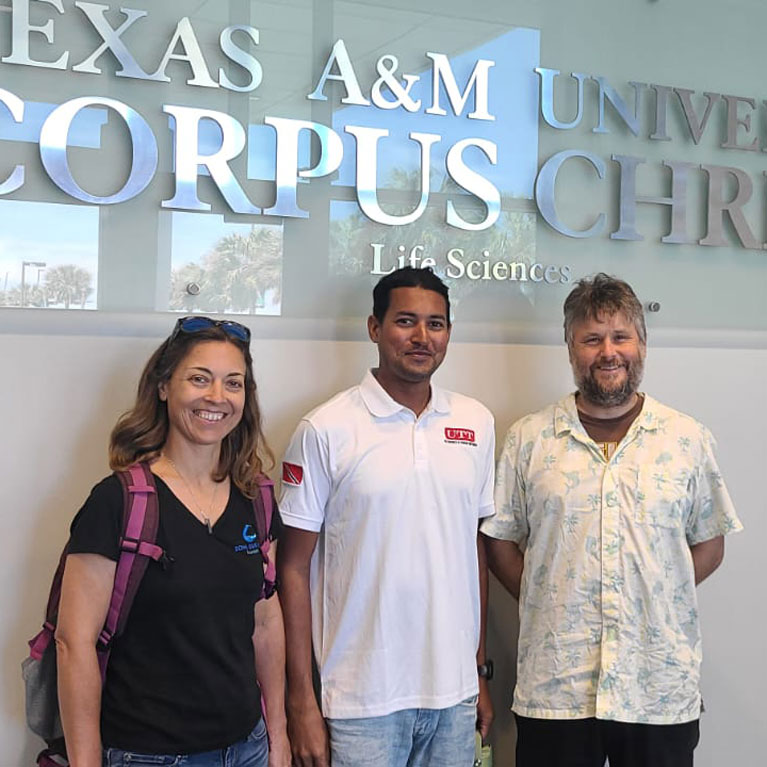
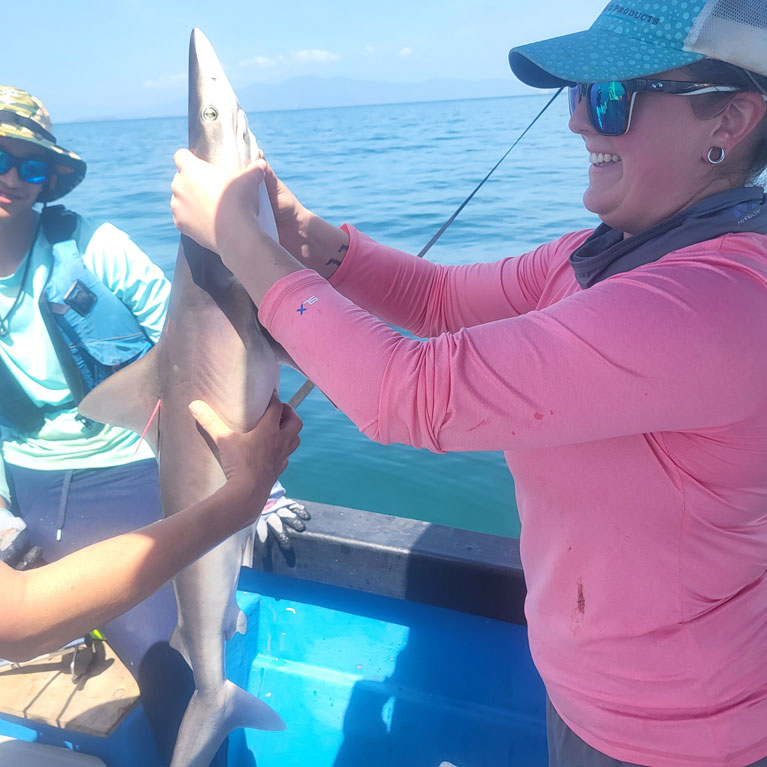
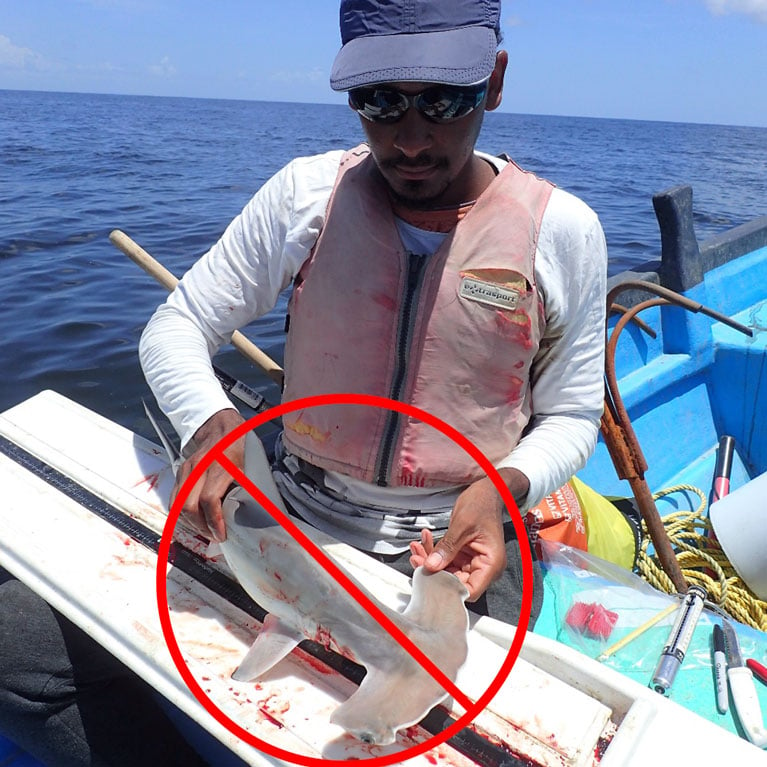
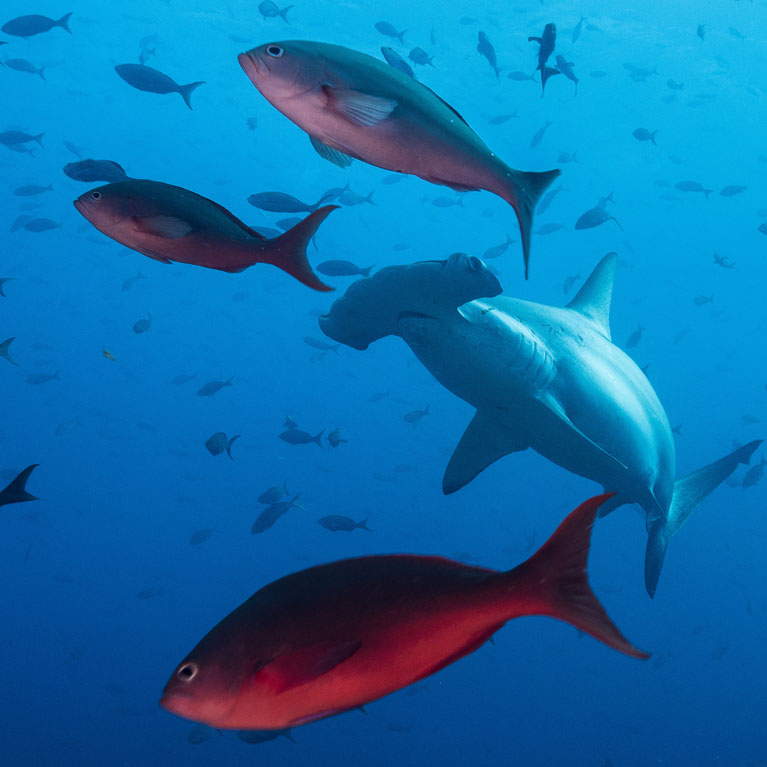
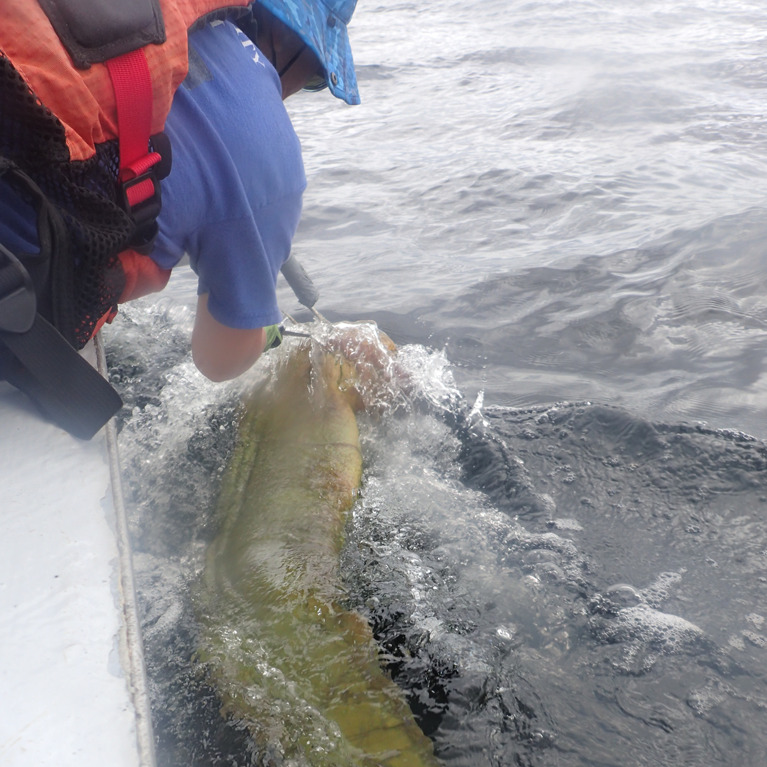
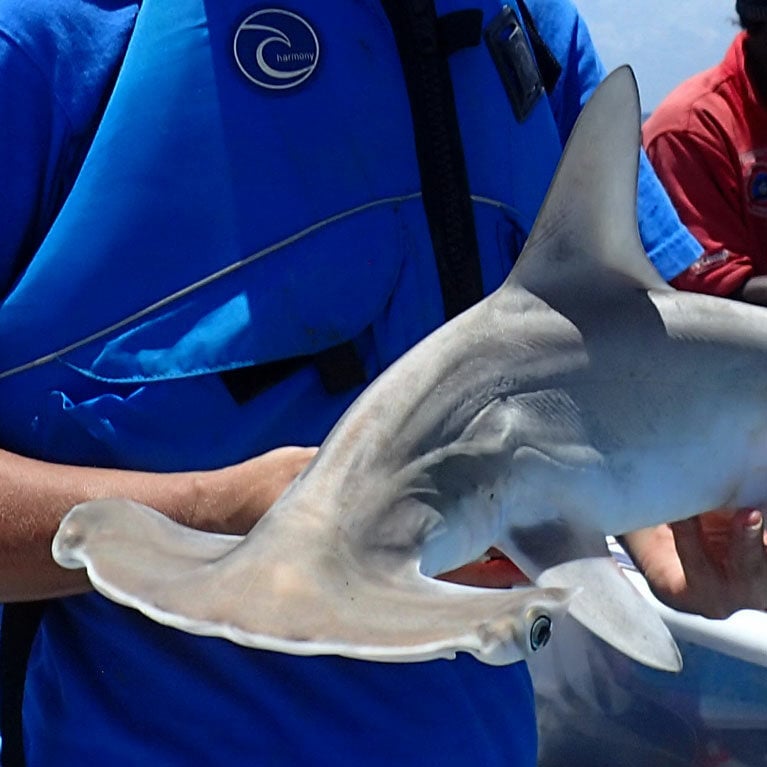
Collaborating with locals to assess Scalloped Hammerhead (Sphyrna lewini) nurseries and develop community-supported conservation goals
To identify the location of nursery areas for scalloped hammerhead sharks around the island of Trinidad and understand their characteristics and temporal usage so proper management measures can be developed; and to determine how these nurseries contribute to the local and regional population to understand the broader implications of the fishery.
Scalloped hammerheads are considered Critically Endangered globally and yet an intense fishery for them exists in Trinidad, which targets primarily young-of-year and small juveniles. Juveniles are also taken as by-catch in gill nets targeting other fish species. If juveniles are not allowed to reach maturity and reproduce before they are harvested, the implications for sustaining and rebuilding populations are dire, especially for a species with a low reproductive rate and on the verge of extinction.
The scalloped hammerhead’s life-history pattern of late maturity, long gestation and few offspring, in combination with fishers targeting it for its fins and/or meat and high occurrences of by-catch mortality, has led to the species being classified as globally Critically Endangered. The central and south-western Atlantic – around Mesoamerica, South America and the Caribbean, including Trinidad and Tobago – is considered a distinct population segment for this hammerhead, but there are insufficient data about its fine-scale use of habitat, local reproductive potential and connectivity within and between population segments. Shark nurseries are areas where juvenile sharks are more common than in other areas, where they remain or return to for extended periods of time and that they revisit year after year. Nurseries can also be characterised as areas where pupping occurs and where pups spend their first few months to years of life. As pups grow, nursery areas may shift in location, leading to potential secondary nurseries. Because small juvenile scalloped hammerheads are frequently landed from the coastal waters of Trinidad, we suspect nursery areas exist around here and will work to identify the specific locations. Our preliminary results show juvenile scalloped hammerhead half-siblings caught across years in Trinidad, indicating probable female philopatry to specific nursery areas, but these findings are based on only a few individuals. Preliminary analyses also show that scalloped hammerheads from Trinidad are genetically distinct from those from Belize, but more fine-scale data are required to understand connectivity between the population of Trinidad and populations of its neighbouring countries. Fishing and habitat alteration in nursery areas can have profound effects on population persistence, and this problem is exacerbated if females return to specific nursery areas year after year. Knowledge of shark nursery habitats and connectivity has informed management decisions in other areas and the results of this study will help guide conservation measures in Trinidad and Tobago for this Critically Endangered species.
The aim of this project is to gain knowledge about scalloped hammerhead nurseries in Trinidad’s nearshore waters. These data and local ecological knowledge about the species will be used to help conserve and rebuild the local population. We plan to achieve the following objectives:
- to identify major nursery areas for scalloped hammerheads around Trinidad;
- to determine pupping times and the seasonality of nursery grounds;
- to assess the connectivity among nurseries within Trinidad and between Trinidad and the wider region;
- to examine patterns of habitat use and site fidelity, as well as estimate the relative number of adults contributing to progeny at nursery sites;
- to develop management strategies that involve and are supported by local stakeholders to conserve juveniles while ensuring that livelihoods are maintained.


